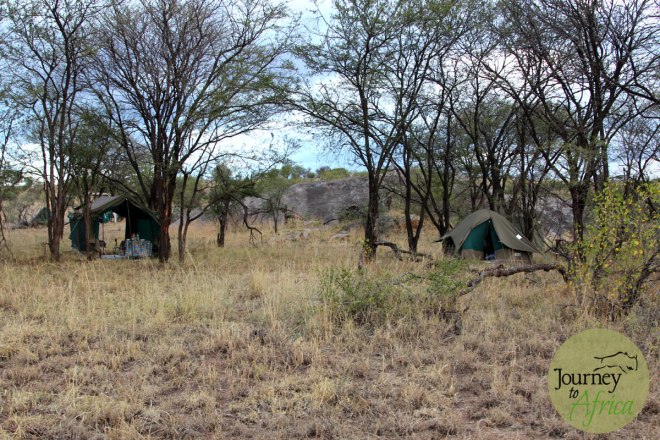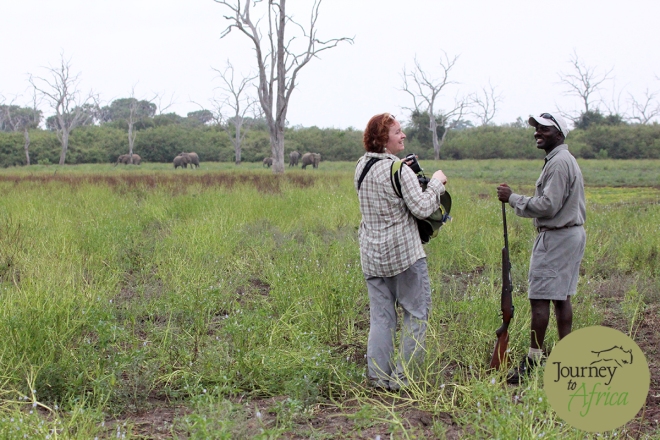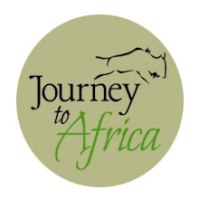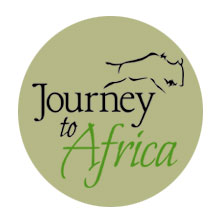A memorable experience to add to your game driving Safari / wildlife viewing adventure, is to do a walking Safari in the wild. The feeling of being out in the wildlife’s own territory brings about many emotions.
You have your hair raising experiences from healthy fear to pure joy to what you are witnessing.
Sally and I were walking in Selous when we spotted a pair of lions [yup, about 20 ft. away], a herd of elephants, or a lone hippo waddling outside the pond. In wild Ruaha, the tall grass always kept us on our toes. Healthy fear. There was a moment when we all experienced rainbows in the sky. A moment that I couldn’t capture on camera but will always remember.
Why go on a walking Safari?
Introduction to details.
- Holding the plant and flowers and getting a lesson on its many uses by both humans and animals.
- The little bugs, we are talking ants and dung beetles, that have a huge impact to the large environment. Watch out for siafu.
- The animal and bird footprints that you get to identify and maybe follow.
- The carcasses that leave behind a story.
- Topography of the land! You get to walk on the ancient rocks or splash in the water dating hundreds of thousands years old.
There are two types of walking Safari in Tanzania awaiting you.
A few hours of walking.
There are lodges + tented camps where you can go out for a few hours in the morning or afternoon. You will have a ranger and the walking guide, who may also be your main guide depending on their weapon skills. When on your walks, depending on the weather and the lodge + tented camp, you may come back to the lodge for breakfast or get surprised and find breakfast in the middle of nowhere.
It does feel good to stretch your legs after spending time in the Safari vehicle. And who know, there may be a few hair raising moments on your walk.
Two to three days.
Time to get away from the main areas. There are a few places where we can accommodate this adventure. I have done a walking Safari inside Serengeti and truly enjoyed my time with Richard, my fantastic guide. Our partners on the ground have a special walking area designated for this adventure. You will not see a vehicle.
Tarangire and Selous have the fly camping option within the national park. Then we have areas around the parks, in our private concession areas. Our Alamana Camp in Loliondo area offers this great opportunity of truly being private, in both game driving as well as walking.
 You start out from your main lodge and head out with a small crew who will cater to your delicious meals, set up your light wilderness tents with a cot, pillows and blankets, have shower tents close-by, bring your drinks while you are around the campfire, stoke your roaring fire … you know, basics.
You start out from your main lodge and head out with a small crew who will cater to your delicious meals, set up your light wilderness tents with a cot, pillows and blankets, have shower tents close-by, bring your drinks while you are around the campfire, stoke your roaring fire … you know, basics.
The advantage of doing this. It’s Just You.
Come on a walking Safari with us and immerse yourself with the wild in their own habitat.
We can help you with your Safari Plan.
Get in touch via email – Safari@JourneyToAfrica.com
Call us at 1.877.558.6288 or 713.592.6228.
Together, we can plan your Safari to Tanzania for the memory books.
Life worth Exploring. ™
























